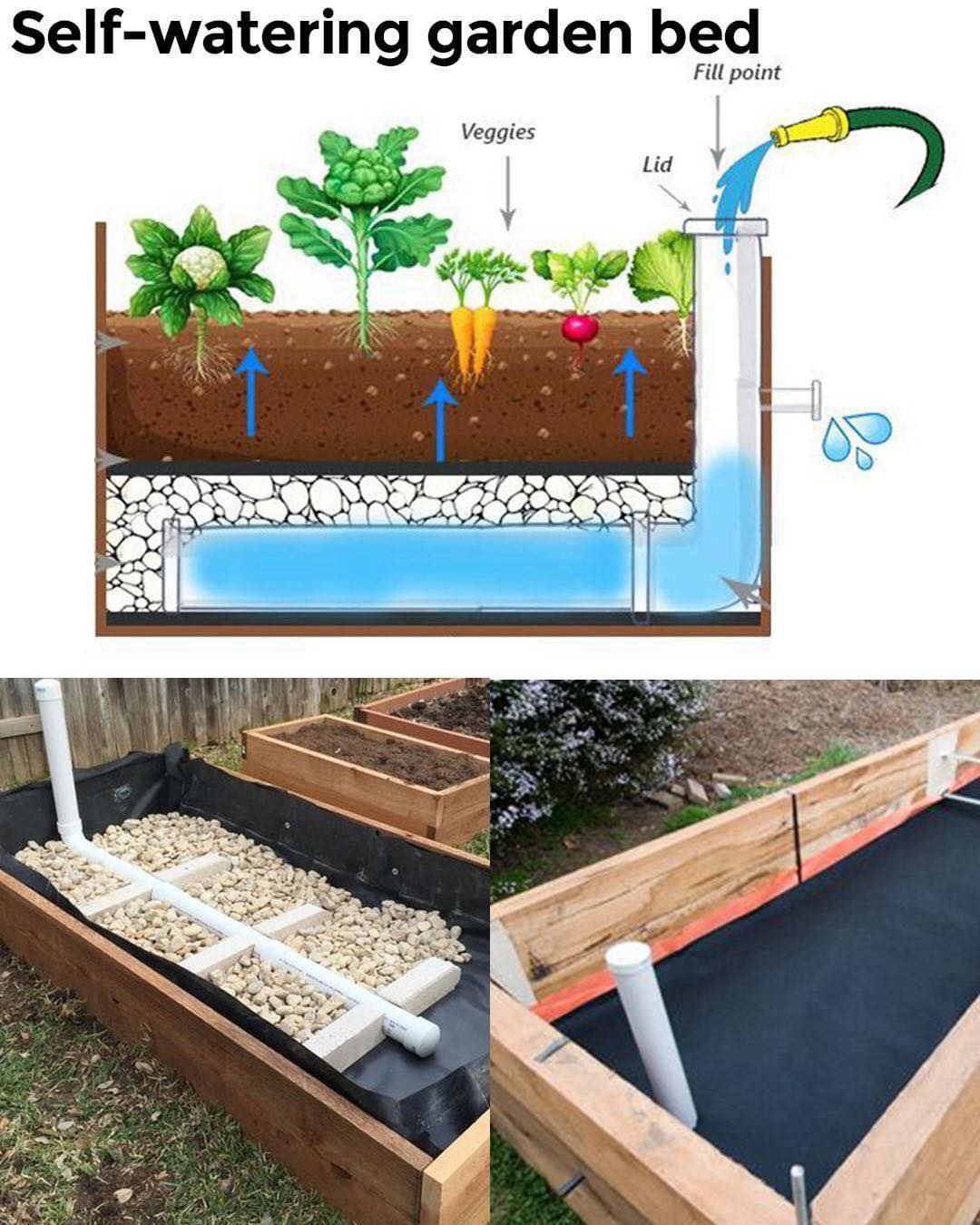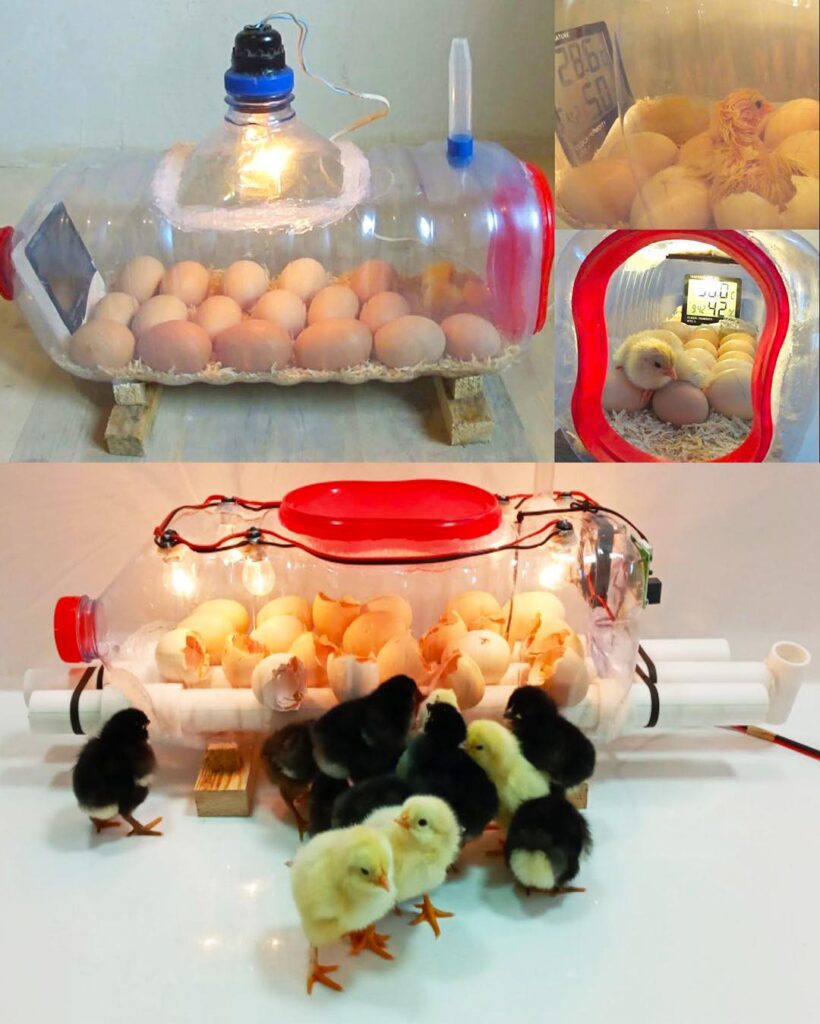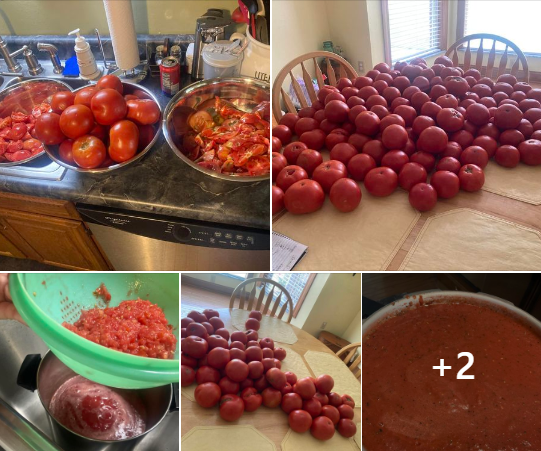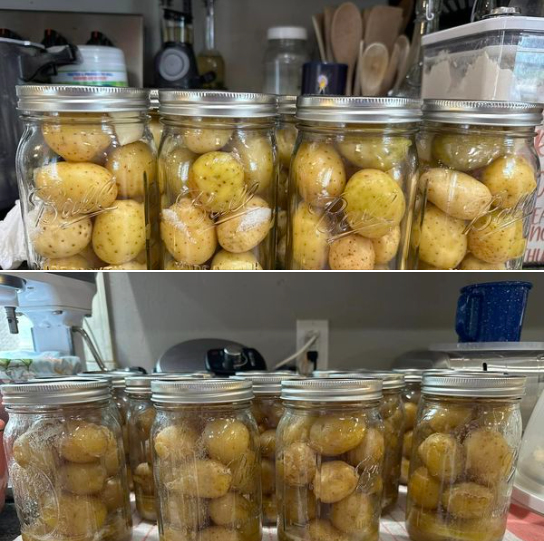In cities dominated by concrete, the wicking bed emerges as a green innovation, transforming small urban spaces into verdant, productive gardens.
This method is particularly valuable in water-scarce environments, offering a sustainable solution to urban gardening challenges by minimizing water use and reducing the frequency of watering.
The Wicking Bed: An Ingenious System
A wicking bed is essentially a self-watering raised garden bed. It utilizes a highly efficient water system that allows plants to absorb moisture from a reservoir below via capillary action—the same principle that enables a sponge to soak up water.
Typically, these beds include an ‘L’-shaped pipe that distributes water evenly and extends above the soil, making it easy to fill and check water levels.
Crafting Your Own Garden Marvel
Here’s a step-by-step guide to constructing your own wicking bed, turning any small space into a lush garden:
- Select the Right Container: Start with a robust container that can hold a significant amount of soil above and a water reservoir below. Suitable options include a custom wooden frame, a repurposed bathtub, or a large planter.
- Seal the Deal: Line your container with a durable waterproof liner to prevent leaks and form the water reservoir. This liner should cover the entire bottom and sides of the container.
- Install the ‘L’-shaped pipe: Place a perforated PVC pipe along the bed’s length at the bottom. This pipe should lie horizontally on top of the aggregate for even water distribution, then bend upwards at the end to extend above the soil surface, acting as a water inlet.
- Aggregate Layer: Add a layer of coarse aggregate like gravel to the bottom of the container. This layer will store the water and facilitate the wicking action.
- Geotextile Barrier: Cover the aggregate and the horizontal part of the pipe with geotextile fabric. This fabric prevents soil from mixing with the water reservoir while allowing moisture to pass through.
- Add Soil: Fill the container with a nutrient-rich soil mix, appropriate for the plants you intend to grow—be it vegetables, herbs, or flowers.
- Overflow Outlet: Install an overflow outlet at the junction where the soil meets the aggregate. This setup is crucial to avoid waterlogging, as it allows excess water to escape.
- Plant and Mulch: Plant your chosen seeds or seedlings and cover the soil surface with organic mulch to reduce evaporation.
- Water and Watch: Fill the reservoir through the vertical section of the pipe until water begins to exit through the overflow. Your plants will now draw water from below as needed, flourishing with minimal upkeep.
Embracing Sustainability in Urban Gardening
Adopting a wicking bed in your urban gardening practice promotes sustainability and resource conservation. It not only optimizes water usage but also supports the growth of a variety of plants, enhancing green space in urban areas.
This self-sustaining system is a step towards more resilient and self-sufficient urban environments, making gardening accessible and enjoyable for city dwellers looking to green their spaces efficiently and effectively.



